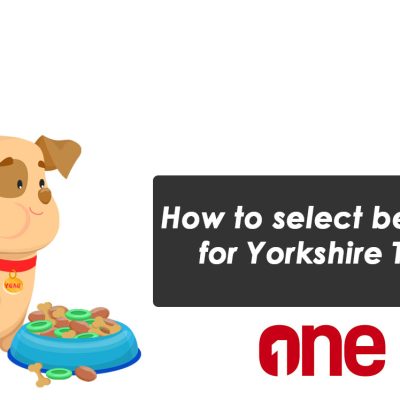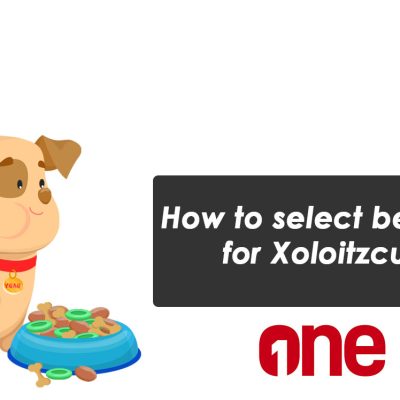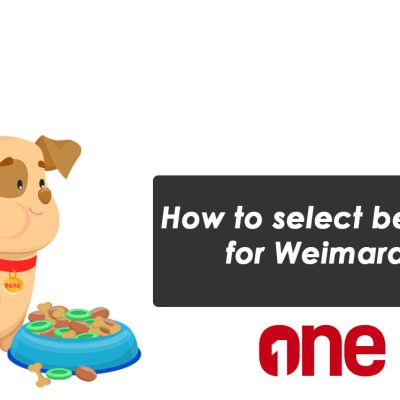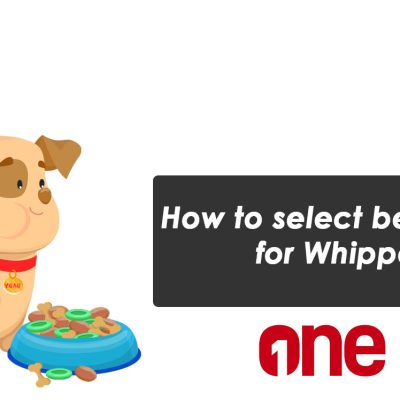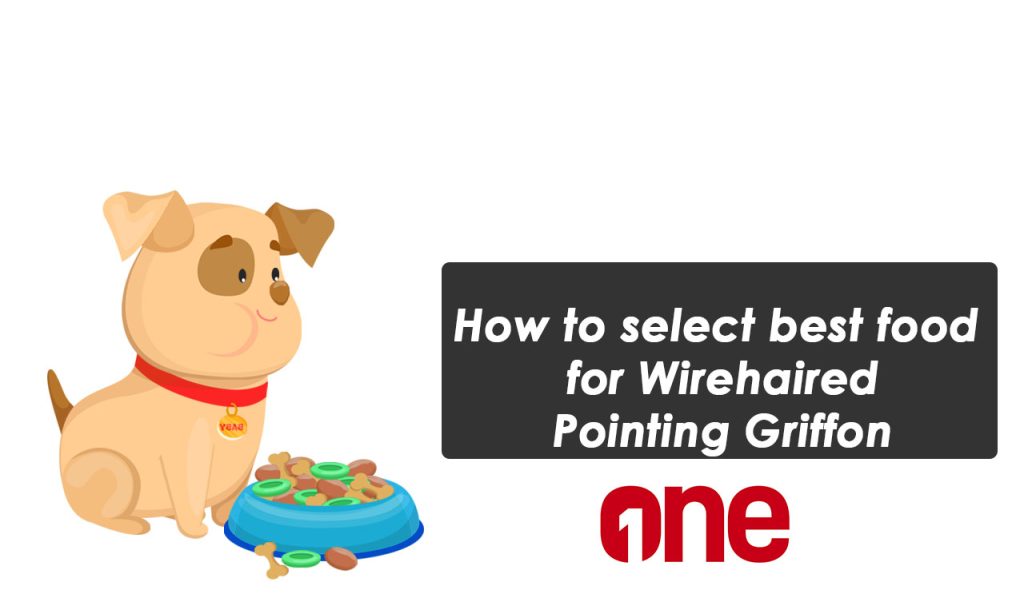
Wirehaired Pointing Griffons are those wiry, slightly disheveled-looking dogs that somehow manage to look dignified even while covered in mud. They’re sporting dogs through and through, bred for a hard day’s work in the field. And who says “hard-working dog” better than a good ol’ Griffon? But all that running and pointing burns calories, which means it’s your job to make sure they get the fuel they need.
Here’s the deal – feeding a Wirehaired Pointing Griffon isn’t quite rocket science, but picking the wrong food can make your life (and your dog’s) a little bit miserable. A hangry Griffon is nobody’s friend, trust me.
Here’s a breakdown of everything you need to know about choosing the right food for your furry hunting buddy.
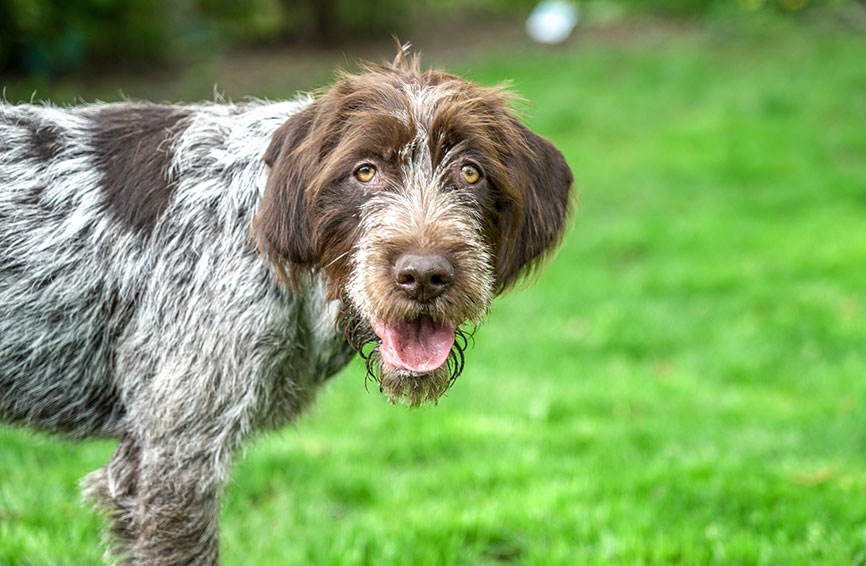
The Basics: What Your Griff Needs
Think of your Griffon as the canine equivalent of a cross-country runner. Here’s what they need from their food:
- High-quality protein: Think chicken, beef, fish, lamb…you know, the good stuff. Protein is essential for strong muscles, healthy organs, and enough stamina to chase squirrels for days. Okay, maybe not days…but you get the idea.
- Moderate fat levels: Fat gives your Griffon energy. Choose foods with healthy fats from sources like chicken fat or fish oil. Bonus points for omega-3 fatty acids – they’re good for their skin and that gloriously scruffy coat.
- Digestible carbohydrates: Carbs aren’t the enemy, but the right kind is important. Look for whole grains like brown rice or oats. Nobody wants to deal with the aftermath of a Griffon who had too much of the wrong kind of carb… just sayin’.
- Vitamins and minerals: These micronutrients are like the little magical workers that keep everything in your Griff’s body running smoothly.
Choosing the Right Type of Food
Let’s face it, there are approximately 1 million dog food options out there, each promising a longer, healthier, and infinitely happier life for your pup. It can make you seriously consider switching to cat ownership. But fear not! Here’s your options:
- Dry kibble: This is the convenient and often budget-friendly option. Just make sure it doesn’t have too much filler and lots of questionable ingredients.
- Wet food: Higher in moisture and usually very tasty for picky eaters, but can be more expensive. You can also use it as a yummy kibble topper.
- Raw diet: This option needs more research and careful planning, but many owners swear by its benefits. Consult your vet about raw feeding.
- Homemade: Requires commitment and research, but gives you ultimate control over what goes into your dog’s bowl.
What About Life Stages?
Just like us humans, your Griffon’s nutritional needs change throughout their life:
- Puppyhood: Little Griffon tummies need specially designed puppy food with the right balance of nutrients for their fast-growing bodies.
- Adulthood: This is where they’ll spend most of their lives, so a good quality adult food is essential.
- Senior years: As your Griffon slows down, they may need a lower-calorie food to prevent weight gain.
Decoding Dog Food Labels: Tricks of the Trade
Let’s be honest, reading dog food labels is like deciphering an ancient language. Here are a few tips:
- Look for the meat: The first few ingredients should be real meat protein – none of that “meat by-product” nonsense.
- Watch out for fillers: These are sneaky ingredients with hardly any nutritional value. If you can’t pronounce it, chances are your dog’s body won’t appreciate it.
- AAFCO approved: This means the food meets the nutritional standards for dogs set by the Association of American Feed Control Officials.
Watch Out for Warning Signs
Sometimes even if you do everything right, your dog might not agree with a particular food. Here’s what to keep an eye out for:
- Itchy skin and excessive shedding
- Dull coat
- Digestive issues (the dreaded diarrhea…)
- Lack of energy
If you notice any of this, it might be time to try a different food.

